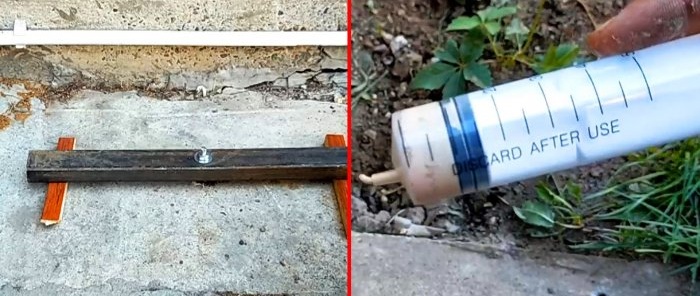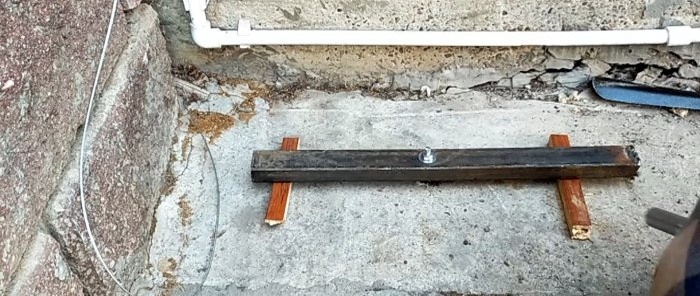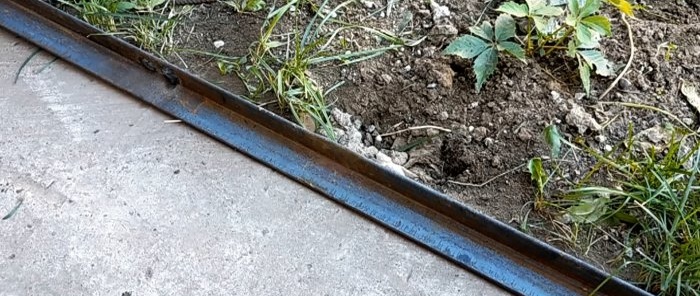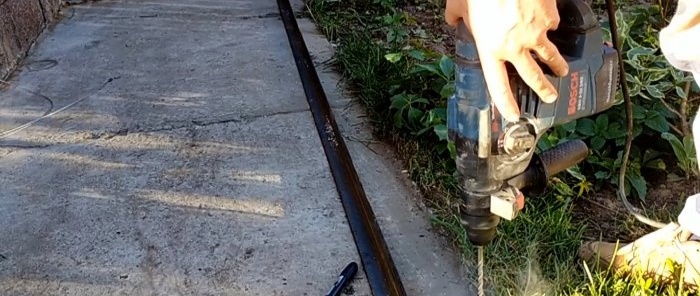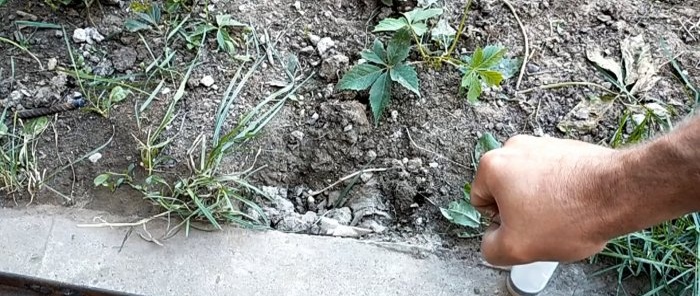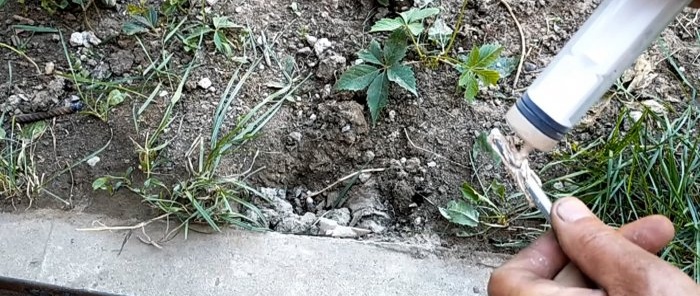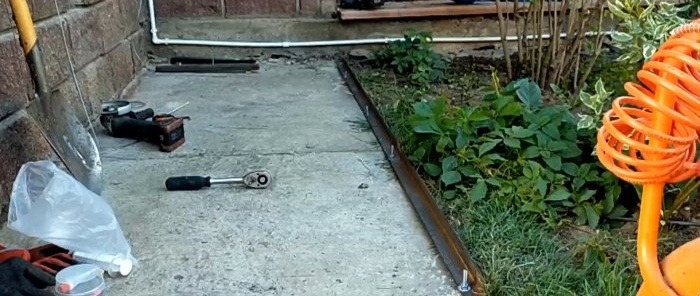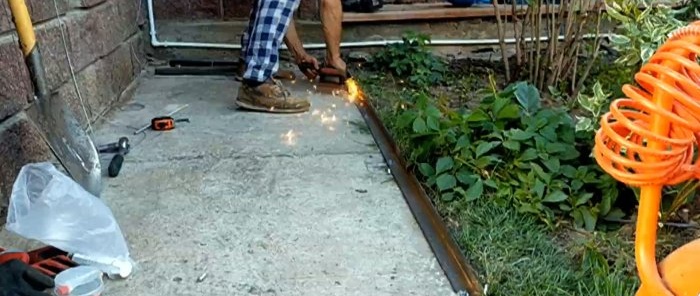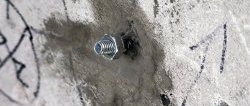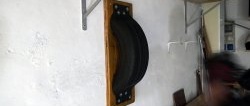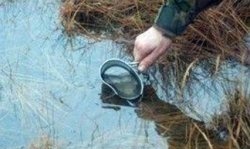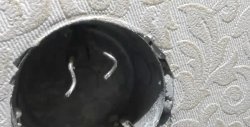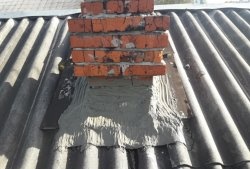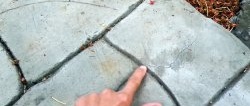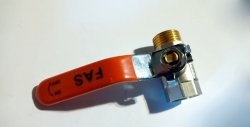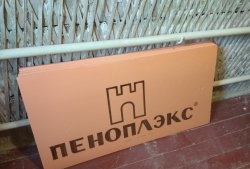For fastening to walls made of loose materials, as well as concrete structures close to the edge, it is best to use a chemical anchor. Unlike a spacer, it does not break out or chip the base, so choosing it is a guarantee of reliable fixation, even under heavy load. Since the price of chemical anchors is steep, they can be made from cheaper materials that are easy to obtain.
Materials:
- automotive putty;
- sand;
- syringe;
- threaded rod.
Manufacturing process of chemical anchors
Before making the composition, you need to pre-drill all the holes, blow them out of dust, and also prepare threaded rods. Only after this can the substance be mixed, as it hardens quickly.
Next, two-component automotive putty is mixed in a small amount.
A little sifted sand is added to it.
The composition is drawn into a syringe and squeezed into the holes.
After this, a little mass is applied to the studs and they are screwed in. First cut the hairpin into pieces.
After just a couple of hours, the putty will hold in such a way that you can attach it to the anchors.
We cut off the protruding pins.
